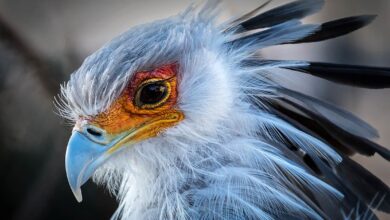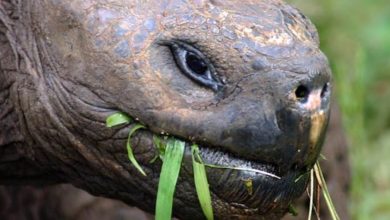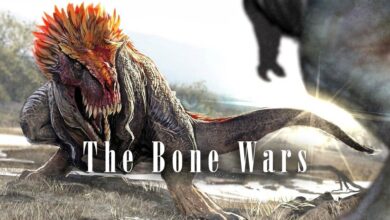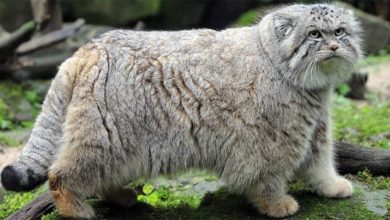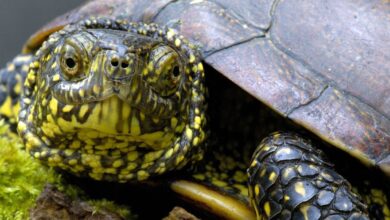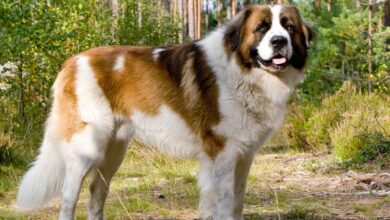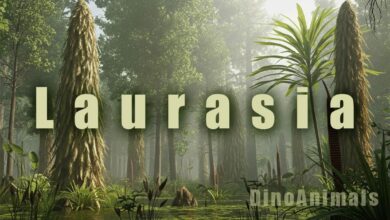Shetland Sheepdog
Although he left his roots in the northern European Shetland archipelago, he is a rarity there today. Despite being very similar to the Long Haired Scottish Sheepdog (Long-Haired Collie or Rough Collie)), he is not originally closely related to it. It turns out, therefore, that the Shetland Sheepdog is a mysterious breed, full of contradictions, but also fascinating and extremely charming.
Classification FCI:
- Group 1 Sheepdogs and Cattle Dogs
- Section 1 Sheepdogs
- Without working trial
- Other names: Shetland Collie, Dwarf Scotch Shepherd, Sheyland Sheepdog
- Nicknames: Sheltie
- Origin: Scotland

History and origin of the breed
Unlike many miniature breeds that are counterparts of larger dogs, the Sheltie is no a smaller variety of a Rough Collie. It is possible that the Shetland Sheepdog is descended from a Spitz-type dog similar to modern Icelandic Sheepdogs. These Spitz dogs may have been crossed with working collies and their descendants were transferred to England where they were closely associated with collies and other breeds; possibly with miniature spitz, extinct Greenland dog, King Charles spaniels and border collies.
The original Shetland Sheepdog, in the Spitz type, is now extinct and replaced by a Border Collie in herding work. Sheltie in its modern form has never been involved in work and, surprisingly, is a rarity in the Shetland Islands.
Sheltie’s extinct ancestors were designed to protect little sheep from intrusive birds. This could explain Shetland Sheepdogs’ love of chasing airplanes and helicopters flying overhead.
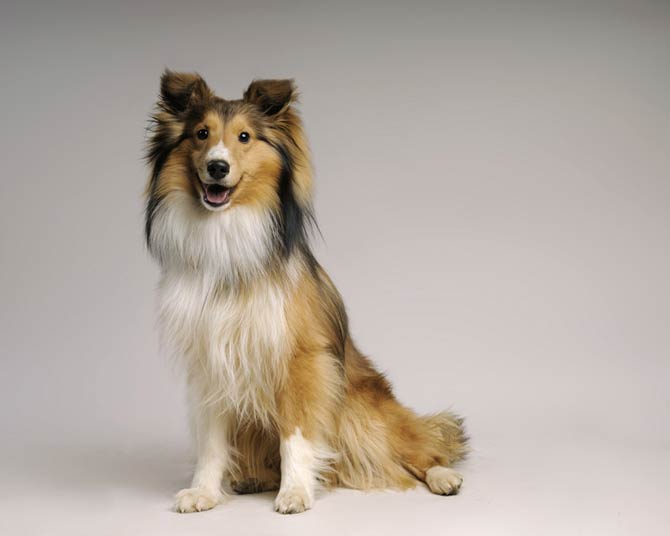
Miniature Collie
Originally the breed was referred to as “Shetland Collie” or “Miniature Collie”, but breeders of longhair collies rebelled against the use of the word “Collie” in the name of the new breed. Consequently, it was renamed the Shetland Sheepdog. In order to maintain the desired appearance, additional matings of Sheltie with longhair collies were made in the early 20th century.
The UK Kennel Club registered the breed in 1909, the first representative to be registered was a female named Badenock Rose. The AKC registered a dog of this breed for the first time 2 years later. It was a male dog named Lord Scott. Over the years, however, disputes continued over the appearance of the perfect Sheltie. It was not until the 1930s that the breed’s Scottish and English clubs agreed that it should resemble a miniature Long-Haired Collie (Rough Collie).
It appeared in the USA only in the 1950s. Its popularity in the New World began to increase in the 1970s. At the same time, he appeared on the AKC’s list of the 10 most popular breeds.
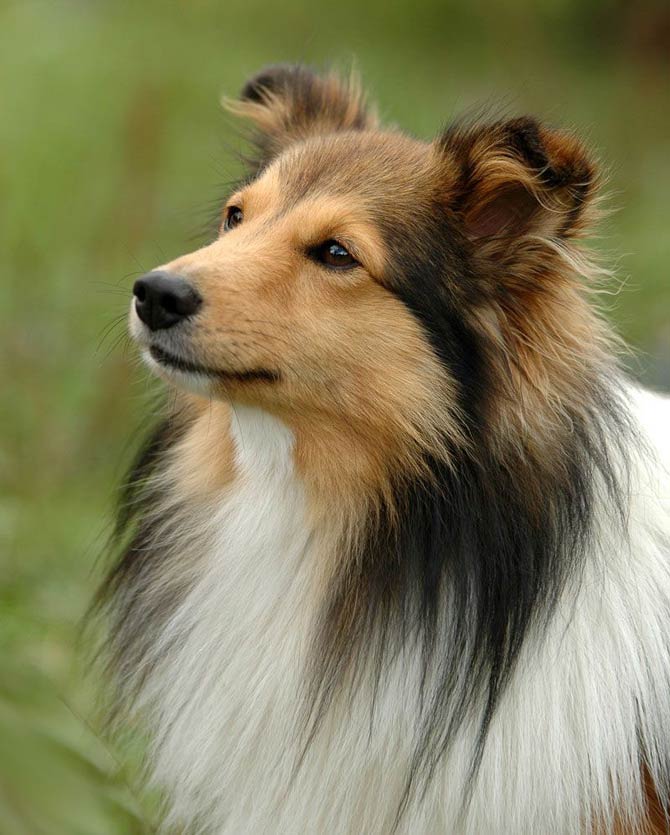
Characteristic
Appearance
The Shetland Sheepdog looks like a smaller version of the Long-Haired Collie. Like him, it has a slender snout with a small nose, protruding ears and small almond-shaped eyes with a wise look. The iris, depending on the color of the coat, can be dark brown or blue. Of course, the greatest resemblance to a collie is in the hair. It consists of a long, coarse and dense topcoat, shorter on the legs and head and longer on the neck and chest. The undercoat, which is soft to the touch, grows under the topcoat.
There are several color variations within the breed:
- Sable – tarnished or solid. The color fan is between the shade of light gold and mahogany
- Tricolor – black body, lots of tan elements plus white
- Bi-black – black and white
- Blue merle – a silver-blue background with black spots, large black and / or gray patches (extensive patches are undesirable in show dogs). This variety has a blue color of the iris
- Black with tan
- Bi-blue – blue and white
- Sable merle – faded or mottled sable and white.
Most varieties may have white accents (an arrow on the forehead, socks, collar, chest and tip of the tail).

Temperament
Thanks to its loyalty, it may turn out to be the perfect companion dog. In addition, he is very smart and alert. He is characterized by a friendly disposition, loyalty and devotion. He is truly happy with his family. Although its size does not deter intruders, it is a great watchdog and observer. He is very sensitive to the tone of the human voice, so he will not listen to commands that are spoken inadequately. He will also become deaf to the cold, harsh way of communicating orders. Therefore, it requires a warm but consistent owner. He learns quickly thanks to his high intelligence and enthusiasm. Due to his exuberant temperament, he needs daily walks or jogging.
He feels best when solving various types of tasks. Works well as a shepherd of sheep, but also of larger animals. Many dogs of this breed still clearly show the herding instinct to keep the herd in check. In addition, he is very fond of running after toys, and can chase cars when unattended.
Despite his beautiful appearance and cute character, Sheltie should adhere to the rules of the house. If he considers himself the master of the family, he can cause quite a lot of trouble, which is sometimes referred to as the small dog syndrome.
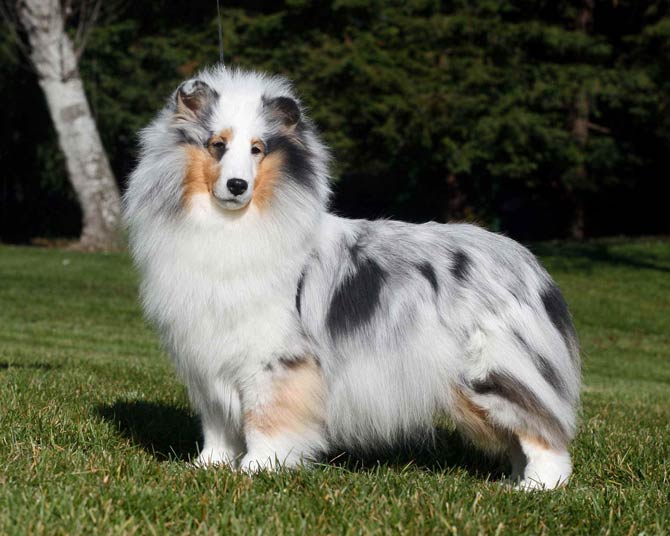
Health condition
It belongs to the healthy breeds, but is nonetheless prone to several diseases. They include:
- Collie eye anomaly – an inherited disease that, if left untreated, can lead to blindness
- Hypothyroidism
- Hip dysplasia
- Von Willebrand disease (an inherited bleeding disorder)
- Dermatomyositis
- Epilepsy
- Skin allergies
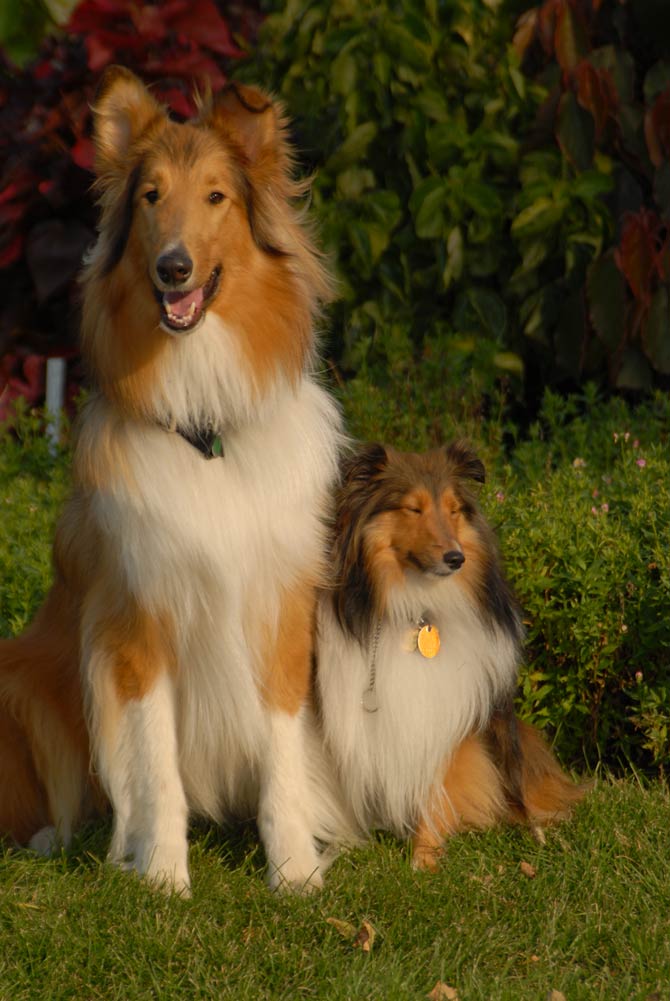
Detailed data / dimensions (size)
Shetland Sheepdog
- Height at the withers:
- Males: 34.5–41 cm (13.6 –16 in)
- Females: 33.5–41 cm (13.2–15.2 in)
- Ideal size according to FCI standard for a dog: 37 cm ± 2.5 cm
- Ideal size according to FCI standard for females: 35.5 cm ± 2.5 cm or 36 cm ± 2.5 cm
- Weight: 5-11 kg (11–24 lb)
- Lifespan: 12-14 years
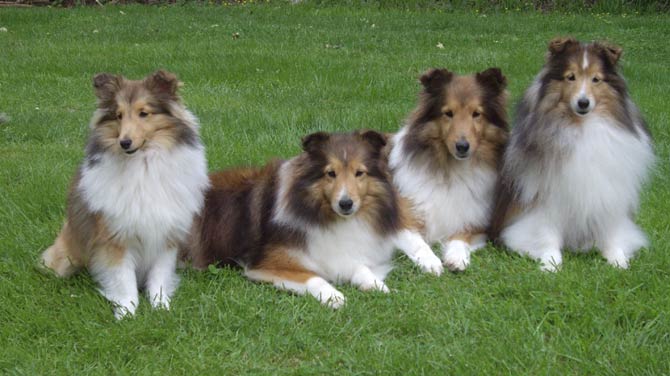
Shetland Sheepdog – interesting facts
- The Shetland Sheepdog has been called Toonie for many years. This term comes from a Norwegian word meaning “farm”.
- According to Stanley Coren’s ranking, the Shetland Sheepdog is the 6th most intelligent dog breed.
- One of the most famous owners of the Shetland Sheepdog is an important member of Nintendo and the creator of the game “Mario” Shigeru Miyamoto. His pet name is Pikku.
- For a comparison of the size of a Scottish Collie and a Shetland Sheepdog, see the article: Rough Collie.
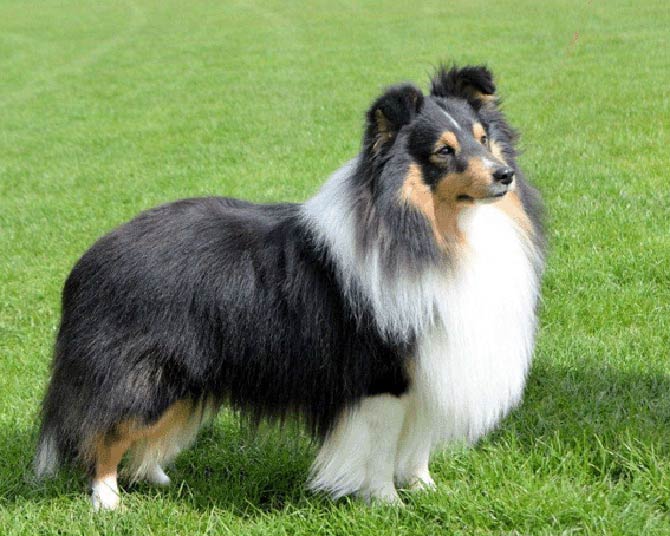
Recommended
- Pets
- Dogs
- The smartest dogs
- The tallest dogs
- The most aggressive dogs
- The oldest dogs
- Cats
- Wild cats
- The fastest animals
- The fastest birds
- The largest eagles







